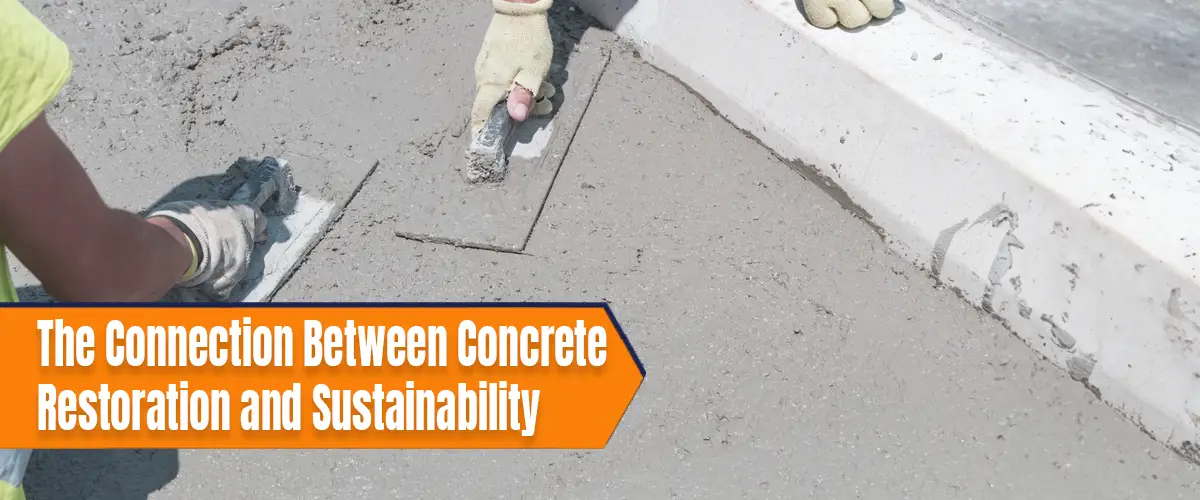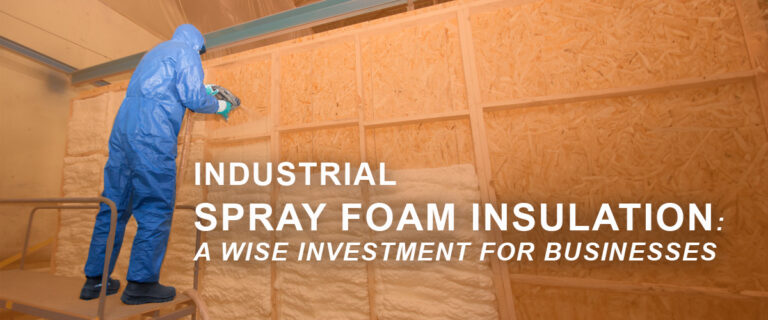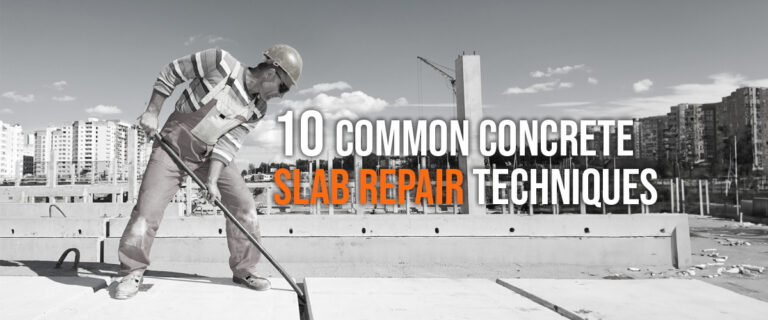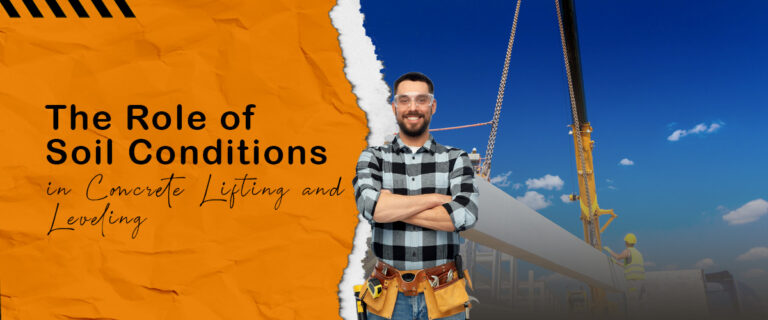The Connection Between Concrete Restoration and Sustainability
Can we fix our world without causing further harm? This potent question challenges us to delve into the harmony of concrete restoration and sustainability. In the shadow of increasing climate change, reviving worn-out structures offers potential for lessening environmental impacts. This fusion, at first glance, an oxymoron – the old-world skill of concrete restoration harmonizing with futuristic sustainability – illustrates an overlooked solution to our environmental challenges.
Moreover, this blog post embarks on a captivating journey to understand this relationship, exploring innovative restoration techniques, the benefits of sustainable infrastructure, and the promise of future trends in this field. It’s a quest for a sustainable future painted in shades of concrete.

The Environmental Impacts of Concrete Restoration
Concrete production exerts a significant environmental footprint, contributing to around 8% of global CO2 emissions. A substantial chunk of this carbon footprint stems from the energy-demanding process of cement production. For example, the process of producing cement includes heating limestone, which is known to impact greenhouse gas release significantly. Furthermore, the intense energy required to heat the limestone adds to the carbon footprint.
In contrast, transporting raw materials and finished concrete products is another crucial factor exacerbating the environmental toll. Contrarily, transporting these goods over long distances increases CO2 emissions, leading to aggravated air pollution, and on the other hand, it accelerates resource depletion due to the demand for fuel.
Sand mining, another essential aspect of concrete production, leads to environmental degradation, including riverbed depletion, loss of biodiversity, and landscape alterations. Similarly, concrete production’s extensive water usage contributes to escalating water stress issues. Over time, the degradation of concrete structures also leads to frequent and often unsustainable restoration practices, thus further impacting the environment. The development and implementation of sustainable concrete restoration techniques can address these pressing environmental issues, minimizing carbon footprints and, in the same way, reducing overall resource consumption.
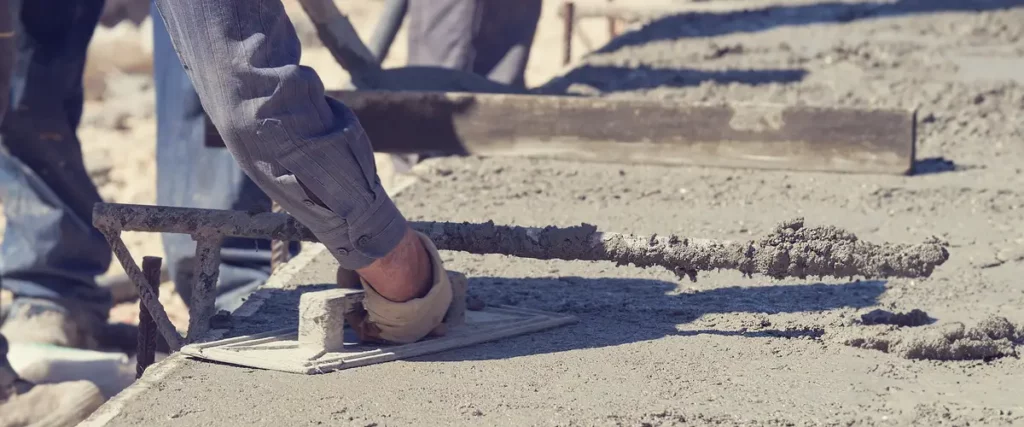
Concrete Restoration Techniques
Researchers and experts have developed several sustainable concrete restoration methods in response to the environmental concerns associated with traditional techniques. Some of these methods include:
1. Surface repair using eco-friendly materials.
Innovative materials, such as bio-based resins and geopolymers, can be used for surface repair, helping reduce restoration projects’ environmental impact.
2. Concrete polishing for sustainable flooring solutions:
Polishing existing concrete floors eliminates the need for additional flooring materials, resulting in a low-maintenance and energy-efficient surface.
3. Utilization of recycled aggregates in restoration projects
By incorporating recycled aggregates, such as crushed concrete and glass, into restoration projects, valuable resources are conserved, and reduced waste.
4. Introduction of sustainable additives for concrete mixtures
Greener additives, like waste, materials-derived pozzolanic materials, and high-volume fly ash, can help decrease the energy consumption and emissions associated with cement production.
Adopting these methods aims to promote sustainable practices within the construction industry and reduce the environmental impact of concrete restoration projects.

Benefits of Sustainable Concrete Restoration
Embracing sustainable concrete restoration practices can result in a slew of benefits that bring both environmental and cost efficiencies:
1. Reduction of waste and landfill use.
Incorporating strategies such as reusing and recycling concrete materials is crucial in waste minimization. By embracing these methods, we not only prevent the generation of excess waste but also significantly alleviate the burden placed on landfills. As a result, this decrease helps reduce methane production, which is 25 times more potent than carbon dioxide and primarily originates from decomposing waste in landfills.
2. Preservation of existing structures:
We can conserve vast resources by restoring and preserving existing structures rather than replacing them with new construction. It includes materials, water, and energy directly consumed while producing new concrete. In addition, the conservation of existing infrastructures attests to their historical significance and embodies efficient urban planning while effectively minimizing the overall environmental footprint.
3. Energy efficiency improvements
Sustainable restoration projects often have energy efficiency components embedded in their strategies, with enhancements such as polished concrete flooring or insulation upgrades. These improvements lead to lower energy consumption, reduced greenhouse gas emissions, and cost savings over the structure’s lifecycle. Consequently, buildings retrofitted with energy-efficient solutions provide occupants with a more comfortable and eco-friendly living and working environment.
4. Longevity and durability
Utilizing sustainable techniques in concrete restoration often leads to enhanced durability and longevity of the structures. Through advanced materials and innovative construction, we achieve designs with enhanced durability, less upkeep, and longer service life. These factors further contribute to minimizing resource consumption, waste production, and environmental impacts associated with frequent repair works. Ultimately, sustainable concrete restoration promotes more responsible use of resources and fosters a greener future for the construction industry.
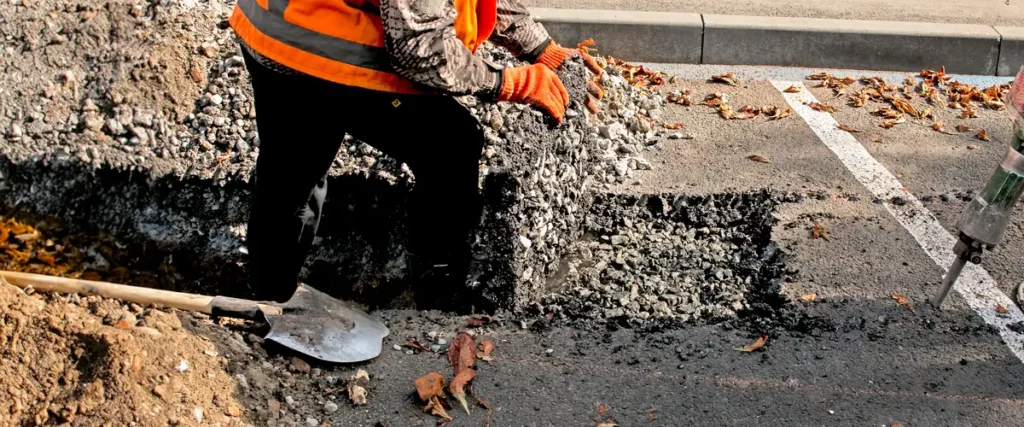
Future Trends in Concrete Restoration
As research and outcomes continue to reveal new technologies and innovations in sustainable concrete restoration, we can expect the following trends to emerge:
1. Development of new eco-friendly materials
Ongoing research aims to develop novel, sustainable materials for restoration, such as self-healing concrete and carbon-negative cement.
2. Innovations in restoration techniques
Innovations like 3D printing and robotic technology are gradually being incorporated into the concrete restoration field, offering precise repairs and reduced material waste.
3. Increased adoption of sustainable practices
As the construction industry prioritizes sustainability, adopting sustainable practices in concrete restoration is anticipated to become increasingly widespread.
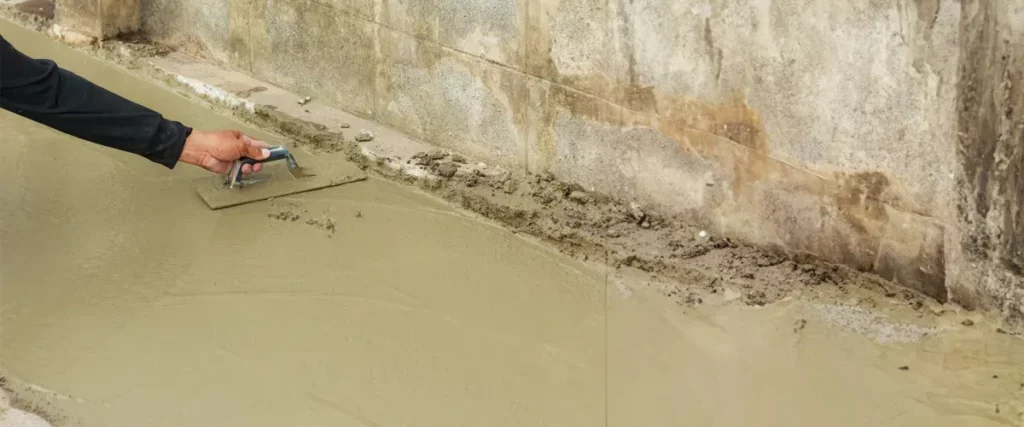
Shaping Resilient Tomorrow!
The monumental challenge of climate change beckons us to reassess our practices and pivot towards more eco-conscious solutions. At the focal point of this green revolution, we find the long-established realm of concrete restoration in Anderson County, KS, harmonizing with sustainability, offering a potent solution to our environmental woes. By seamlessly weaving these two threads, we align construction practices with our shared goal – a sustainable and resilient future.
Moreover, with reduced waste and emissions, improved energy efficiency, and enhanced durability, sustainable concrete restoration is more than just a concept — it’s our pathway to sustainable development. As we rethink and reshape, we must ask: Are we building for a future that safeguards the world for generations?
Reference:
Andrew, R. (2018). Global CO2 emissions from cement production. Earth System Science Data, 10(1), 195.

